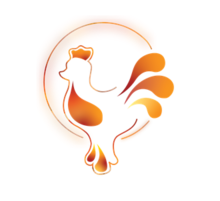 | |
 National Slavic Museum, June 2014. | |
Location within Baltimore | |
| Established | 2012 |
|---|---|
| Location | 1735 Fleet Street, Baltimore, Maryland, United States |
| Coordinates | 39°17′04″N76°35′31″W / 39.284492°N 76.591889°W |
| Type | Ethnic museum |
The National Slavic Museum in Fell's Point, Baltimore is a museum dedicated to the documentation of the Polish and Slavic heritage of Baltimore, including Baltimore's Belarusian, Bulgarian, Carpatho-Rusyn, Croatian, Czech, Lemko, Moravian, Russian, Serbian, Slovak, Slovene, and Ukrainian heritage. [1]


